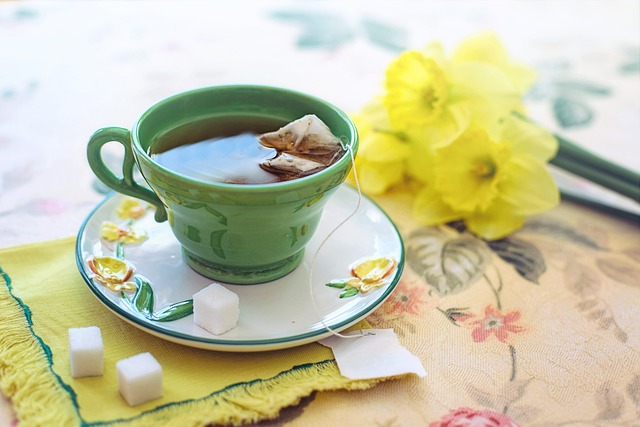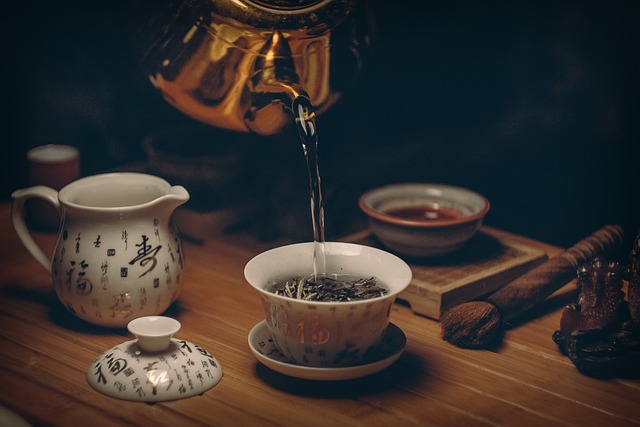Tea is a beloved beverage enjoyed by millions worldwide, but many are unaware of the distinct types and flavors available. Contrary to popular belief, there are only four true teas: Black, Green, White, and Oolong. In this ultimate guide, you’ll discover the unique characteristics, flavors, and health benefits associated with each of these teas, all of which are sourced from the Camellia sinensis plant.
What Makes a True Tea? Understanding the Basics
First and foremost, it’s crucial to distinguish true teas from herbal infusions. While you might find various blends like chamomile, ginger, or rooibos labeled as ‘tea,’ they aren’t considered true teas. The main criterion is that they must be made from the leaves of the Camellia sinensis plant. What sets the four true teas apart is the processing method, which impacts their flavors, aromas, and health benefits.

Fact Check: What About Herbal “Teas”?
It’s worth noting that herbal infusions are not without their own sets of health benefits. For instance, chamomile is known for its calming effects, while ginger tea is often used for its anti-inflammatory properties.
Black Tea: The Western Favorite
Black tea is the most widely consumed tea in Western countries. Its robust, full-bodied flavor and dark color come from a high level of oxidation during processing. This tea is incredibly versatile and can be enjoyed with lemon, milk, or sugar.
Health Spotlight: Nutritional Facts
A cup of unsweetened black tea contains no calories, carbs, or fats. While it does have more caffeine than other tea types, it has less than a typical cup of coffee.
Green Tea: The Asian Delight with Global Recognition
Originating from East Asia, green tea has gained international popularity, particularly for its health benefits. Unlike black tea, green tea is lightly oxidized, imparting a lighter color and more delicate flavor.
Wellbeing Wonders: Why Green Tea?
Numerous studies suggest that green tea can lower cholesterol levels, help prevent cancer, and boost metabolism. It’s usually served plain, without any sweeteners or milk.

White Tea: The Premium Choice
Sourced primarily from China’s Fujian province, white tea is considered a luxury due to its rarity and complex production process. This tea consists of young leaves that undergo minimal processing, which includes steaming or frying, inactivating fermentation, and drying.
The Taste and Health Connection
White tea has a subtle, sweet flavor and is the least caffeinated of all the true teas. Moreover, it boasts a high antioxidant content, making it a potent cancer-fighting option.
Oolong Tea: The Balanced Brew
Oolong tea, often associated with traditional Chinese cuisine, offers a taste that sits between the robustness of black tea and the lightness of green tea. Its name translates to ‘black dragon,’ inspired by the unique appearance of its brewed leaves.
The Oolong Odyssey: A Complex Process
Oolong tea undergoes a specialized procedure that includes sun-drying, light oxidization, cooling, and multiple drying stages. This results in a multi-layered flavor profile that’s not only unique but also highly sought after.
The Flavor Spectrum: Brewing Temperatures and Pairings
Each tea type calls for specific brewing techniques to bring out its best flavor. For instance, green tea should be brewed at lower temperatures to prevent bitterness. On the other hand, black tea is more forgiving and can be brewed with boiling water.
Food Pairings: What Works Best?
- Black Tea: Pairs excellently with hearty meals and desserts.
- Green Tea: Complements light dishes like seafood and salads.
- White Tea: Best enjoyed alone or with mild flavors to not overpower its delicate taste.
- Oolong Tea: Ideal with Chinese food or lightly spiced dishes.

The World of Tea Awaits You
Tea isn’t just a beverage; it’s an experience, a tradition, and for many, a lifelong passion. Understanding the different types of true teas can enhance your enjoyment and even contribute to your well-being. Whether you’re a tea aficionado or a newcomer looking to explore, the world of tea offers endless possibilities for both taste exploration and health benefits. So the next time you reach for a cup, make it a true tea and savor the richness of flavors and wellness it brings to your life.
